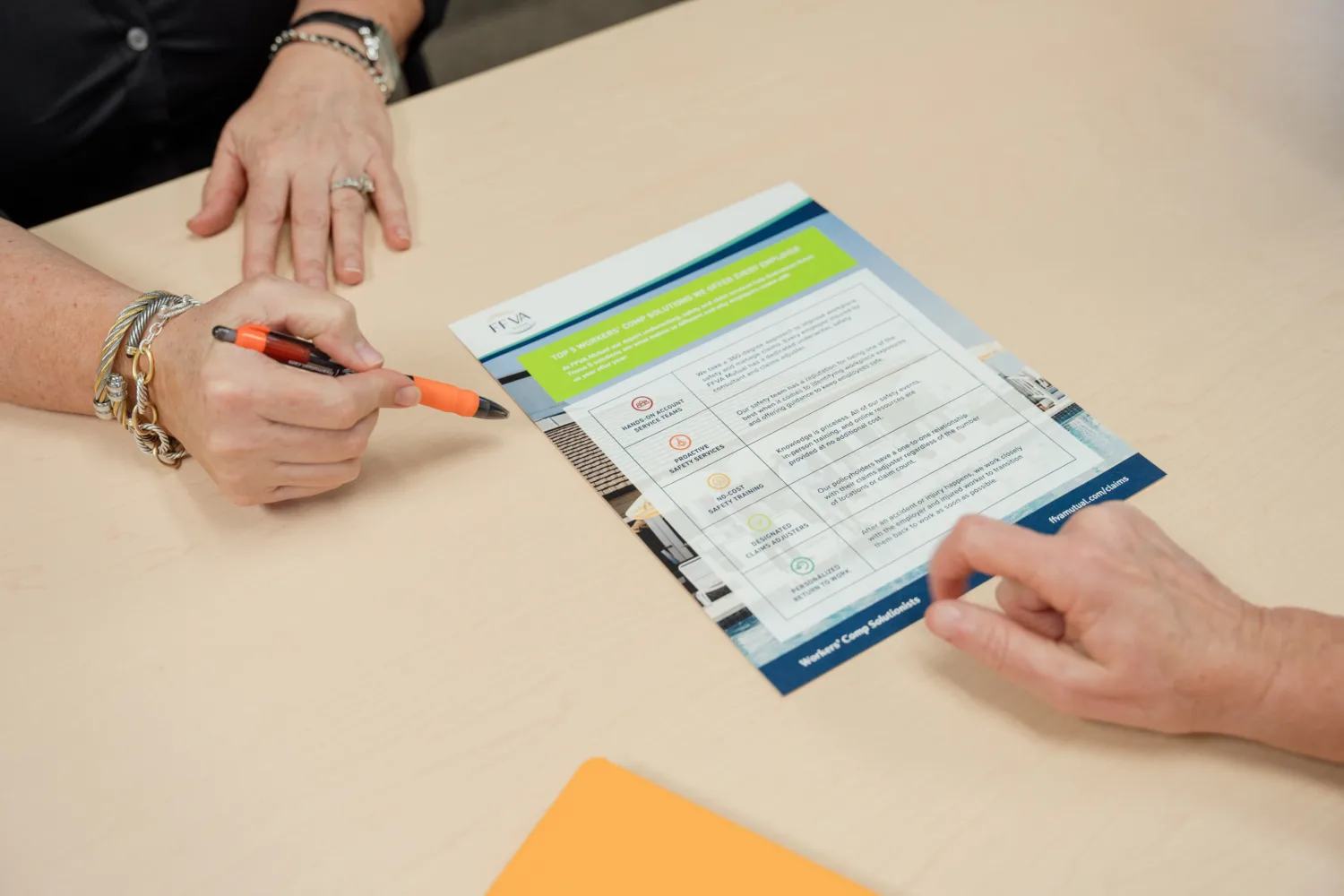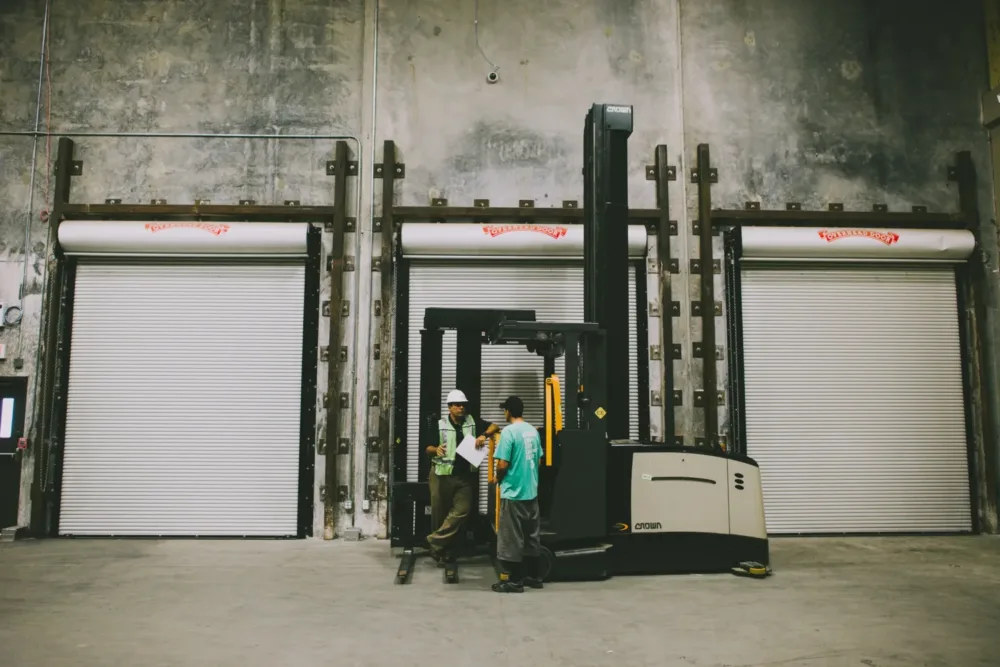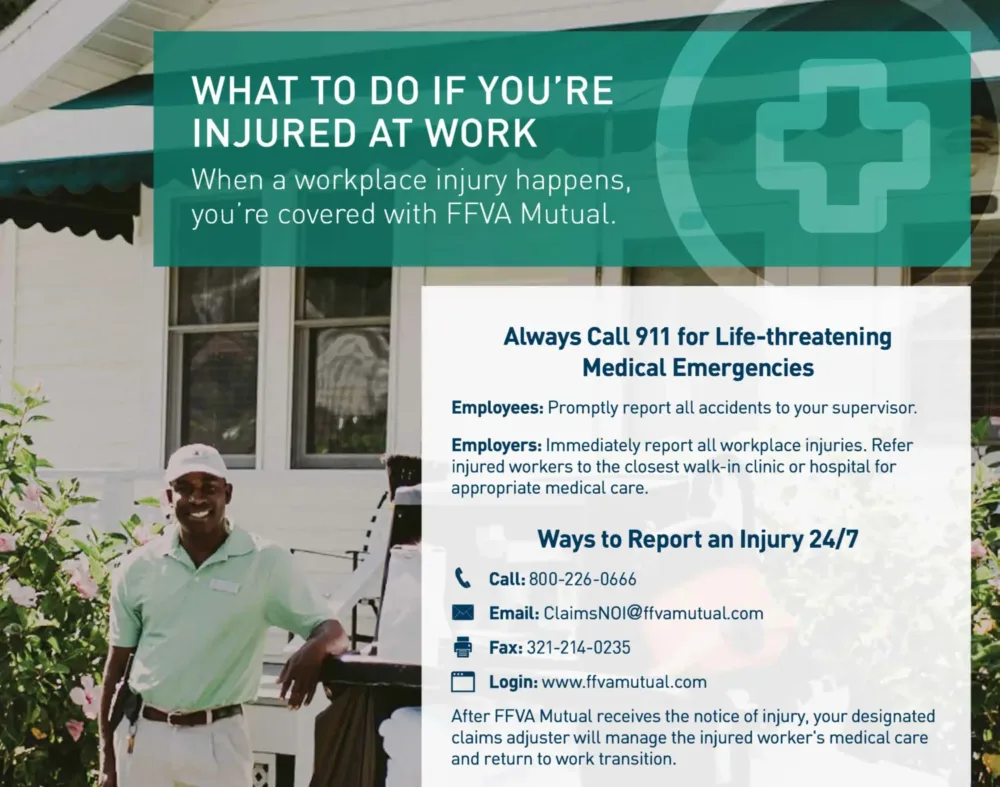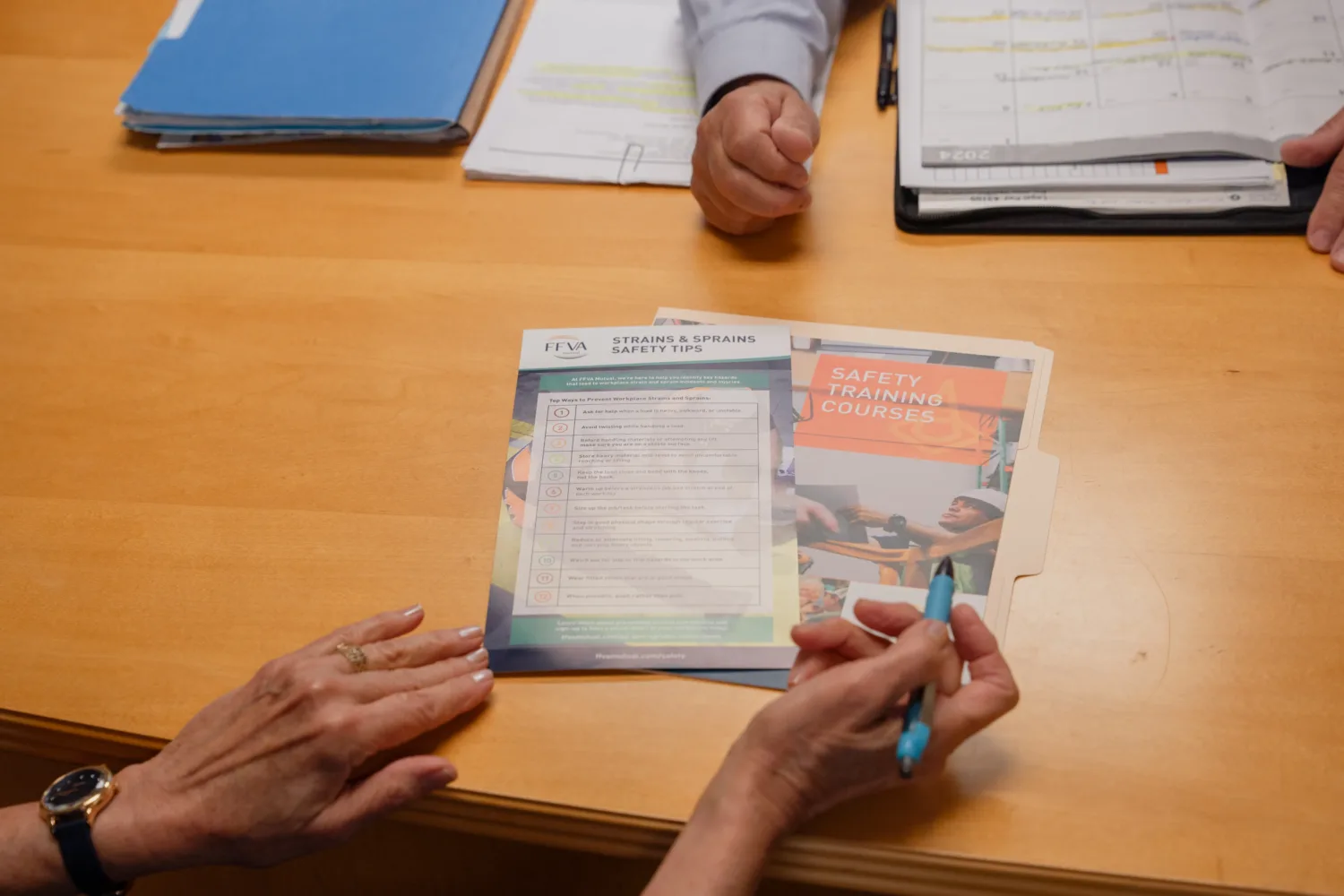Mastering EMR (Experience Mod) Ratings
In today’s competitive business landscape, safety and risk management are crucial aspects that every company must prioritize. As business owners and managers strive to protect their employees, customers and bottom line, a little-known but highly significant metric has become increasingly important: the EMR rating.
Keep reading to find out more.
What Is An EMR Rating?
An EMR rating, or experience modification rating, is key in the realm of workers’ compensation insurance. This numerical representation serves as a benchmark, comparing a company’s safety record and claims history to those of its industry peers. Also known as the mod rating, this number plays a crucial role in determining insurance premiums and assessing a company’s overall risk profile.
The average EMR rating is set at 1.0, representing the industry standard. When a business has an EMR lower than 1.0, it indicates a better-than-average safety record (credit). This often translates to reduced workers’ compensation insurance premiums, as the company is seen as a lower risk. On the other hand, an EMR higher than 1.0 signifies a poorer-than-average safety record (debit), which can result in an increased insurance cost due to the heightened risk associated with the company.
The range of possible EMR ratings varies depending on the jurisdiction and rating bureau. However, the lowest EMR rating typically falls around 0.5, which signifies a stellar safety record with minimal workers’ compensation claims. On the other hand, the highest EMR rating can range between 2.0 and 3.0, reflecting a high-risk company with a poor safety record and a history of significant workers’ compensation claims.
Why EMR Rating Matters for Your Business
The significance of the EMR rating for businesses lies in its direct effect on workers’ compensation insurance premiums. A company’s experience modification rating is an essential factor that insurance providers consider when calculating premium costs.
When a business has a lower EMR, it demonstrates a solid safety program, a safer work environment and a better claim history compared to its industry peers. As a result, insurance companies perceive these organizations as less risky, and the business can enjoy reduced insurance premiums. In essence, maintaining a low EMR translates to cost savings for the company. Consequently, businesses with high EMR ratings may struggle with higher workers’ compensation insurance premiums.
Beyond its financial impact, the experience modification rating also matters for other crucial reasons:
- Reputation: A low EMR can enhance a company’s reputation for being committed to workplace safety, making it more attractive to clients, partners and potential employees.
- Competitiveness: A favorable EMR can provide a competitive edge when bidding for contracts, as many clients require a specific EMR threshold to be met or surpassed.
- Employee morale and retention: A safe work environment contributes to higher employee satisfaction, leading to better employee retention and reduced turnover rates.
How Is EMR Rating Calculated?
The process of calculating the EMR rating involves using real data from a company’s workers’ compensation insurance claims history. This information is essential to determine the losses a company has experienced, which typically include the number of claims filed, the severity of each claim and the total cost of the claims over a specific period — usually the past three years.
To calculate the EMR rating, a company’s actual losses are compared to its expected losses based on industry averages. Expected losses are derived by analyzing similar businesses within the same industry to establish a baseline for comparison. The general formula for EMR calculation is:
EMR = (Actual incurred loss / Expected loss)
Several factors come into play when determining a company’s EMR rating. These include the frequency of claims, the severity of claims (the total cost of claims, including medical expenses and indemnity payments for lost wages) and the industry classification.
Let’s consider a construction company with the following claim history over the past three years:
- Actual incurred loss: $150,000
- Expected loss based on the industry average: $120,000
Using the formula mentioned earlier, the company’s EMR would be:
EMR = ($150,000 / $120,000) = 1.25
In this example, the construction company’s EMR rating is 1.25, which is higher than the industry average of 1.0, indicating a higher-than-average risk. For additional information and how to calculate, view the ABCs of Experience Rating by NCCI and watch this Understanding your Mod Rate webcast.
How To Improve Your EMR Rating
Improving your EMR rating is an ongoing process. One of the key steps to take is to implement comprehensive safety measures tailored to your industry’s specific risks. Develop and enforce safety policies and procedures, and provide employees with appropriate personal protective equipment, ensuring they understand its proper use.
It’s also no secret that education plays a vital role in maintaining a safe work environment. Conduct regular safety training programs to keep your workforce informed about safe work practices, hazard identification and emergency response.
Other steps you can take include carrying out regular safety audits. Perform routine inspections of your workplace to identify potential hazards and address them proactively. These inspections serve as an opportunity to evaluate the effectiveness of your safety measures and make improvements as necessary.
But if you do incur a workplace accident and a worker is injured, you should take immediate action to ensure that the injured employee receives proper medical treatment. After, make sure you’re ready for their return to work. The transition should be smooth, and the injured worker should be able to resume their duties with minimal disruption. Here’s our guide for implementing a successful return to work (RTW) program.
Industry-Specific Considerations
As we mentioned earlier, different industries face unique challenges when it comes to workplace safety. As an employer, understanding the specific concerns and risks associated with your industry is crucial for implementing tailored safety measures and ultimately, improving your EMR rating. Let’s go through some examples:
- Construction: The construction industry is characterized by high levels of physical labor and the use of heavy machinery, which can lead to a higher risk of workplace accidents. To improve worker safety and lower EMR ratings, construction companies should prioritize regular safety training, implement safety checklists and enforce the proper use of personal protective equipment (PPE) on job sites.
- Healthcare: Healthcare professionals often face risks associated with patient handling, exposure to infectious diseases and long working hours. To address these challenges, healthcare organizations should invest in proper equipment for patient handling, establish protocols for infection control and monitor staff work hours to prevent burnout and fatigue.
- Manufacturing: In manufacturing environments, workers may be exposed to hazards related to heavy machinery, repetitive motion, and chemicals. To improve safety, manufacturing companies should establish lockout/tagout procedures, ergonomic assessments and chemical safety protocols.
- Retail and hospitality: Retail and hospitality workers may face risks related to customer interactions, manual handling, as well as slips, trips and falls. These industries can implement safety measures such as anti-slip flooring, proper signage and staff training on manual handling techniques.
- Transportation: Transportation industry workers, such as truck drivers and warehouse personnel, face risks associated with vehicle accidents and loading/unloading cargo. To enhance worker safety, an employer can invest in driver safety training, vehicle maintenance programs and proper equipment for loading and unloading tasks.
FFVA Mutual: A Partner for Managing Your EMR Rating
Navigating the complexities of improving your EMR rating can be challenging — but absolutely necessary. That’s why we’re here to help.
We’re a leading workers’ compensation insurance provider, but we’re not just here to sell you a policy. Safety is our top priority, and we’re committed to helping you make the best decisions for your organization.
To support businesses in their journey towards a lower EMR rating, we offer an array of no-cost training courses and a 45-minute, on-demand mod rating webcast led by our Safety & Loss Control VP, Jose Ramos.
And of course, if you need any additional support or guidance when developing your safety program, contact our team of Safety Solutionists for more information.






























